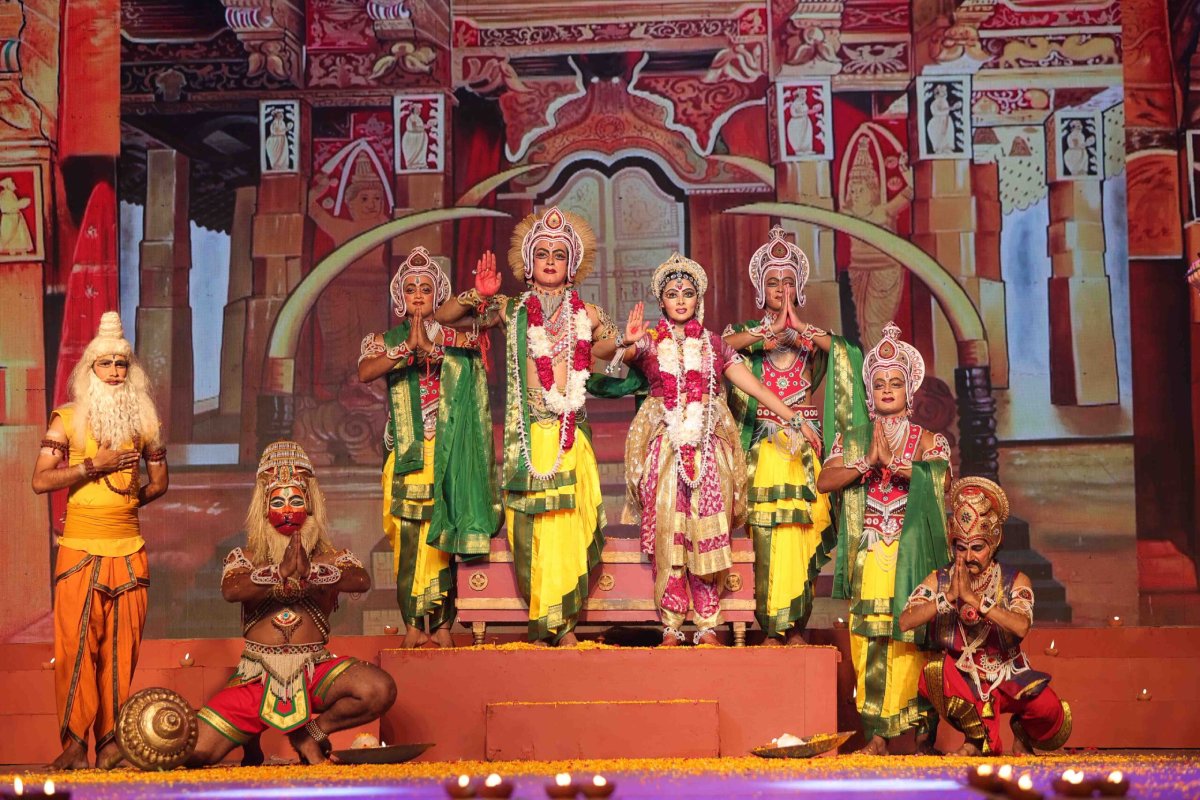
Ram Leela
Ram Leela
Ram Leela: A Grand Theatrical Spectacle
Ram Leela is a vibrant and dramatic reenactment of the epic Ramayana, showcasing the life and adventures of Lord Rama. It is performed annually across India, especially during Navratri, leading up to Dussehra, when the effigies of Ravana, Meghnath, and Kumbhkaran are burned to symbolize the triumph of good over evil.
Origins and Significance
The tradition of Ram Leela dates back centuries and is deeply rooted in Indian culture. It was popularized by Goswami Tulsidas through his devotional text, the Ramcharitmanas. Beyond entertainment, Ram Leela serves as a spiritual and moral lesson, teaching values of righteousness (dharma), devotion, and sacrifice.
Structure and Performance
Ram Leela is performed in open-air stages, lasting 10 to 30 days. It begins with Rama’s birth in Ayodhya and covers key events like:
- His exile to the forest
- The abduction of Sita by Ravana
- The fierce battle between Rama and Ravana
- The triumphant return of Rama to Ayodhya (Vijayadashami)
Traditional performances feature elaborate costumes, grand sets, devotional music, and lively dialogues. Some regions, like Varanasi, Ayodhya, and Delhi, are famous for their grand Ram Leela productions.
Cultural Impact
Ram Leela is more than just a play—it is a community celebration that brings people together. It reinforces faith and devotion, while also serving as a medium of storytelling for younger generations. The tradition has even gained international recognition, with UNESCO designating it as an Intangible Cultural Heritage of Humanity in 2008.
Conclusion
Ram Leela is a timeless tradition that continues to inspire and educate. It stands as a powerful reminder of the victory of truth, justice, and devotion, making it one of the most cherished cultural festivities in India.

